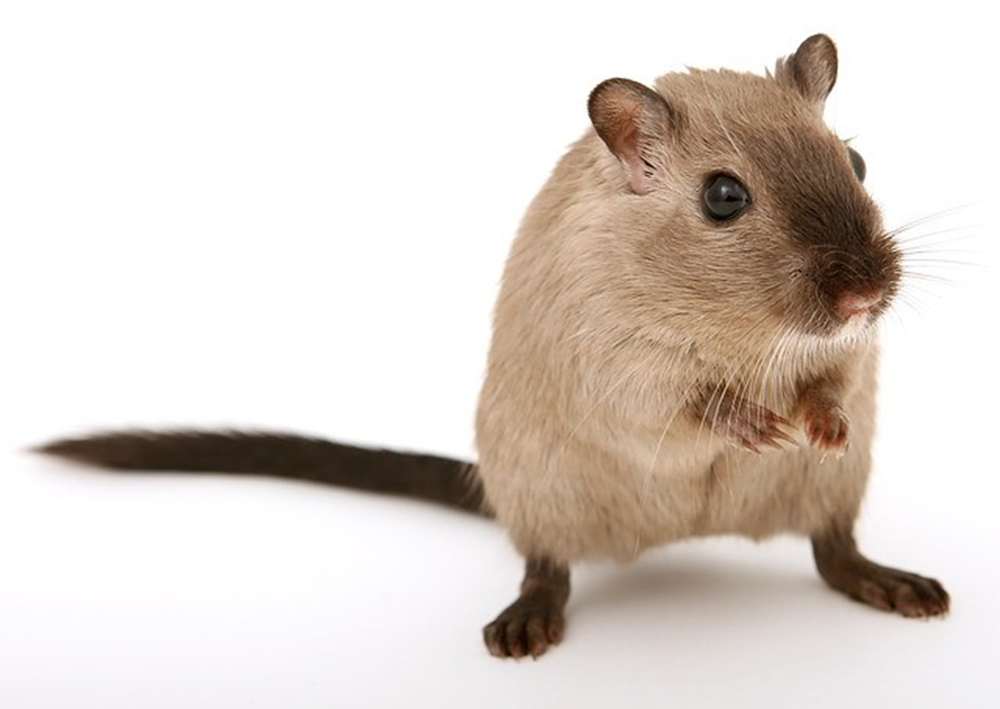Curriculum
FOOD SAFETY KNOWLEDGE
Module 1
0/1Starting Course
0/3Module 2
0/1After Intro
0/3Module 3
0/1Module 4
0/0INTRODUCTION TO CONTROL MEASURES
INTRODUCTION TO CONTROL MEASURES
·
· System Development
·
·
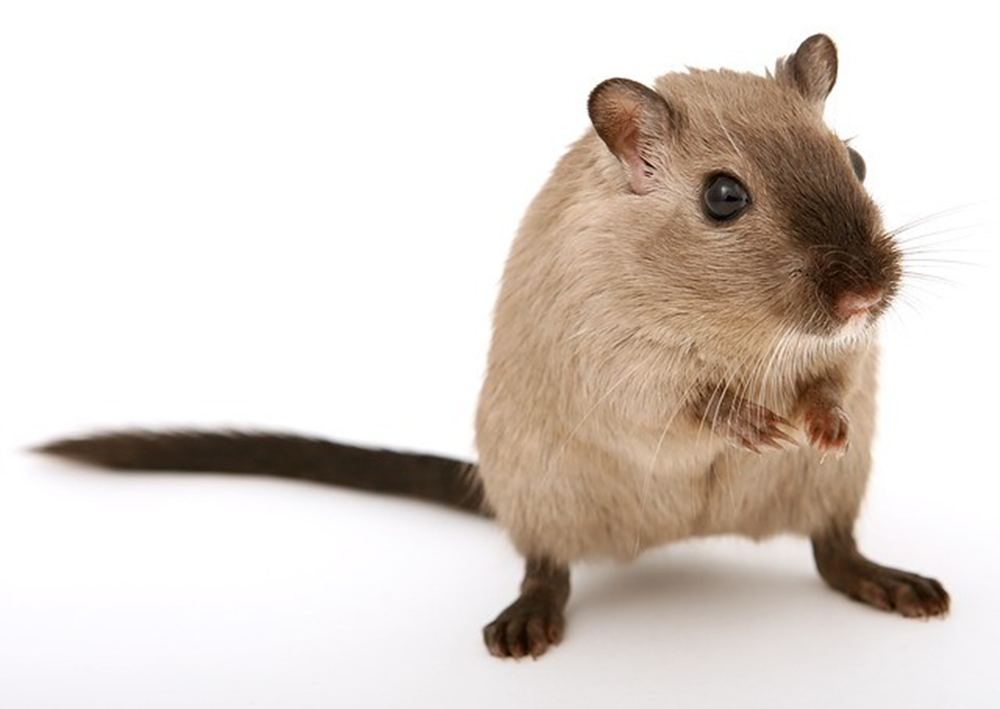
· Pests are animals that live in or on food, such as rodents and insects. Pests in food production factories are regarded as a serious hazard and risk to health; they not only can contaminate food with foreign bodies such as feces and hair, but they also may carry fatal diseases.
As the person responsible for food safety within the factory, you must develop systems to ensure good practices and monitor the staff.
Staff should be fully aware of the systems and use:
·
o Good practices in the prevention of invading pests.
o Good practices to control pests.
- Importance of Pest Control
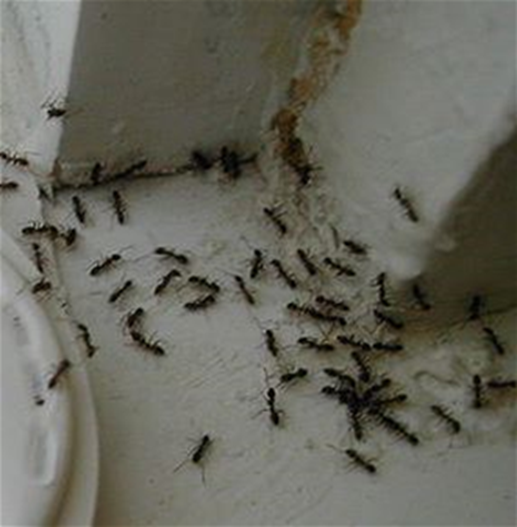
- Pests are attracted to food premises since they are an ideal habitat in which to live and reproduce. Since pests pose a significant health risk, pest control is extremely important.
Inadequate control can lead to pest infestation and serious consequences to consumer health.
Besides potential health risks, pest infestation will inevitably lead to significant waste and, therefore, commercial loss. The loss caused by pest infestation of raw materials or the finished product can be large.
· Hazards Posed by Pests
· Food products are at a high risk of contamination if control measures are not in place. Pests are carriers of food poisoning microorganisms and viruses that pose major hazards to consumer health. In addition to the contamination by microorganisms and viruses, pests can also contaminate food with:
·
o Hair.
o Fur.
o Droppings/urine.
o Eggs.
o Dead bodies.
· Certain pests, rodents in particular, can also cause significant damage to a factory by, for example, chewing through electrical wires and causing fires.
· Types of Pests
· There are many different types of pests that can pose a risk to human health or the commercial viability of your company. These include:
·
o Rats.
o Mice.
o Insects – cockroaches, flies, ants.
·
o Stored product pests – larder beetles, weevils, flour moths.
o Reptiles – lizards.
o Birds.
o Animals attracted by pests – notably, cats and dogs.
· Pests require certain conditions to survive and reproduce:
·
o Security.
o Shelter.
·
o Food.
o Water.
· As a food safety manager, you must understand what conditions allow pests to survive and reproduce. If you aren’t fully aware of what these circumstances are, your business will suffer contamination and loss that may make the business no longer sustainable.
· Prevention
·
· Once pests have entered your factory, it is difficult to control and totally eliminate them, particularly if there is an infestation. You must prevent their invading your factory or facility!
Preventing any and all ingression of pests will be commercially more cost-effective than continually eliminating pest infestation. The prevention of ingression of pests requires:
·
o Proofing the premises.
o Monitoring for signs of infestation.
o Practicing good hygiene.
· Conditions to Minimize the Risk of Pest Ingression
·
· Effective proofing of your factory premises is the preferred method for control of pests.
Doors and windows pose the highest risk of ingression; thus a door and window closure policy should be introduced. Other methods may need to be considered: fine mesh screens for windows and doors, self-closing mechanisms on doors, and plastic curtains on internal and external door openings.
· 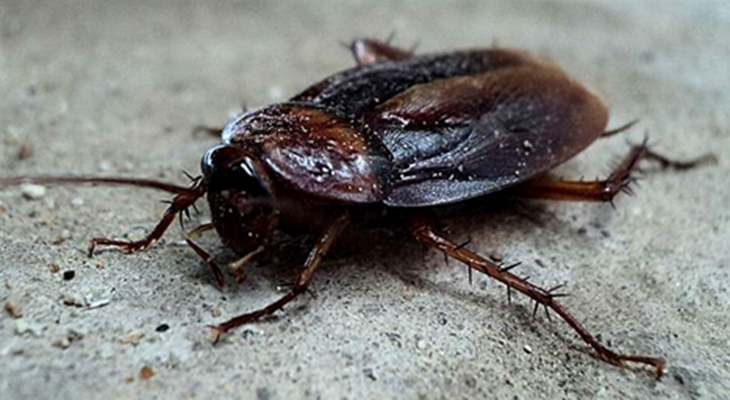
· Rodents can enter a factory through the smallest of openings, so any gap under doors should be covered with a metal plate. To prevent flying insects, reptiles, or birds, any holes or openings in the fabrication of the factory must be filled with mortar or covered with metal/plastic sheets or mesh.
· Awareness of Infestation
·
· As the food safety manager, you must make sure all staff members are aware of signs of pest infestation and possible entry points. They should also be aware of the importance of reporting the presence of any possible infestation right away.
Signs to look for are:
·
o Live animals.
o Dead animals.
o Droppings.
o Damaged packaging.
o Smell.
o Smears/discoloration of walls.
·
o Larvae/pupae.
o Eggs.
o Webbing.
o Piles of debris.
o Holes in fabrication.
· Good Hygiene Practices
· Denying pests food and shelter in your facility is another way of preventing infestation. This can be achieved by practicing good hygiene practices, effective cleaning, and proper waste disposal.
By using good hygiene practices, your staff is removing the food and shelter pests need to survive.
·
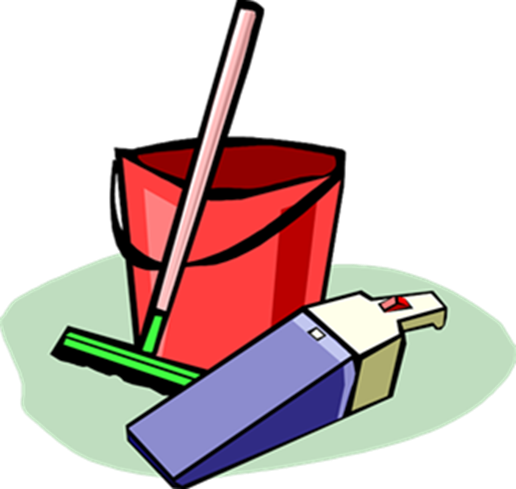
· All staff should be aware of these good hygiene practices:
·
o Keep the factory clean.
o Have proper waste control.
o Be sure food in preparation areas is kept covered.
o Clean spillages quickly and effectively.
o Be sure no food is left outside the facility.
·
o Keep food stored off the floor and away from walls.
o Be sure raw materials are checked upon intake and during storage.
o Be sure food is stored in pest-proof containers.
o Keep drains clean and screened.
o Allow no external shelter.
· Control of Pests
· Prevention methods should protect you from the ingression of pests; however it is a good practice to ensure there are control measures in place to minimize the risk of pest infestation in your factory.
As a food safety manager, you have a responsibility to ensure control measures are in place. There are two types of pest control, physical and chemical.
Both types are designed to control specific types of pests, but by their very nature they should be correctly used since they themselves could pose a risk to your product or staff.
·
o Physical Control
Physical means of control are usually the preferred option. By their very nature, however, physical means of control are not always 100% effective, a point that should be very seriously considered.
In the event of a significant infestation, physical controls cannot cope with the numbers of pests, so alternative methods of elimination must be considered.
Typical physical control methods include:
• Electric fly killers.
• Rodent traps sticky.
• Fly strips.
• Curtains.
• Bird screens.
• Pheromone traps.
Since several of these methods will actually kill pests, you should consider the location and placement of control mechanisms such as electric fly killers and sticky fly traps in order to avoid possible product contamination.
· Chemical Control
o Chemical control measures are much more effective than physical control methods: however, chemical substances do pose possible risks to staff, so their use should be frequently and carefully controlled and monitored. Chemical substances also pose a risk to food contamination, so they should also be used only under controlled and monitored conditions.
Due to the risks involved, it is good practice to employ a professional to carry out chemical pest control. Chemical controls include:
• Rodenticides.
• Insecticides.
• Fumigates.
· Monitoring – Inspection of Raw Materials for Pests
· An area of concern is the ingression of pests by way of raw materials. You must, as a food safety manager, be aware of your raw materials and possible pests that could live on or infest certain raw materials.
For example, some raw materials are prone to certain pests, such as flour, in which certain species of moths can live.
·
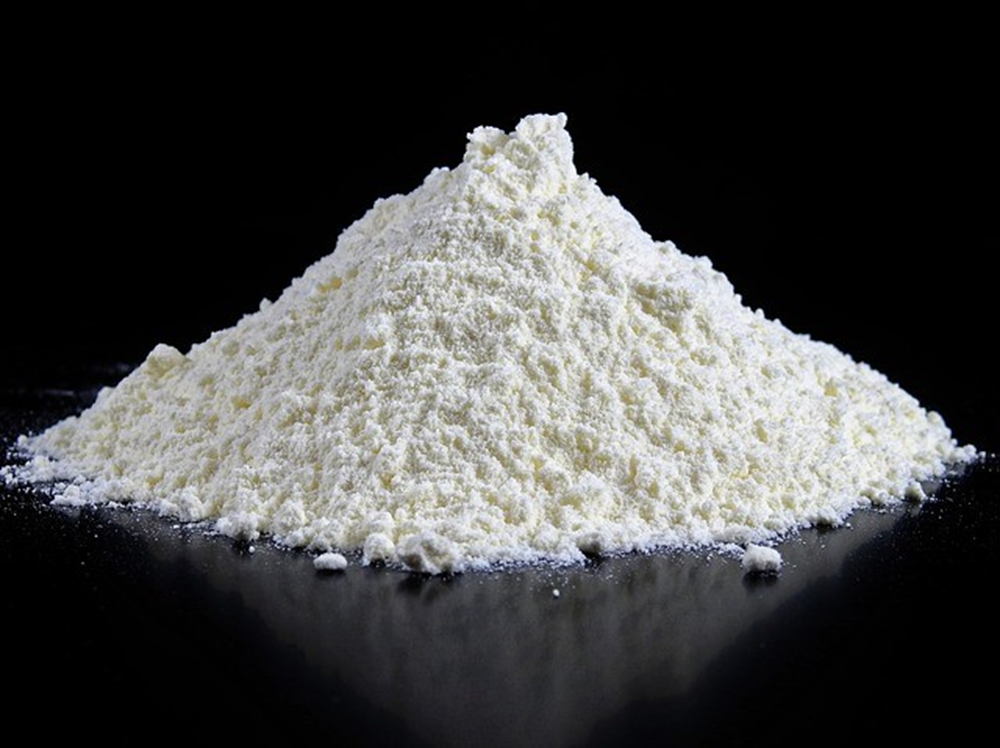
· Systems should be in place always to inspect the raw materials, including packaging delivered to the factory. All consignments should be inspected for signs of pest infestation. If there is evidence of infestation, consignments should be rejected.
If specific products are known to be subject to invasion or contamination by certain kinds of pests, it is good manufacturing practice to know your supplier’s pest control systems.
· Professional Advice
·
· 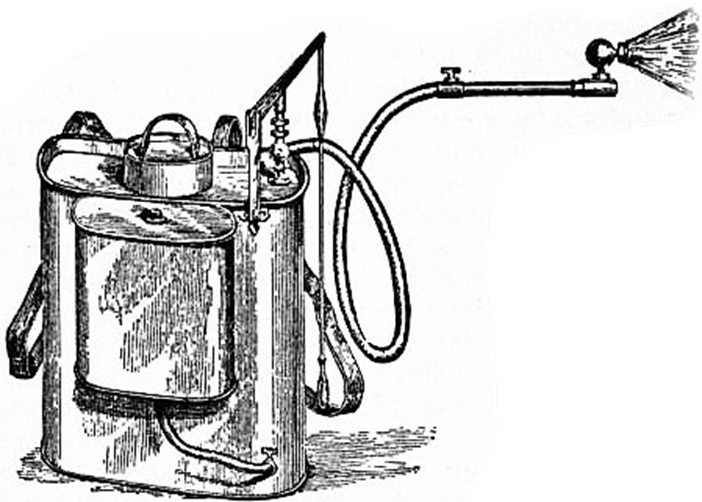
· When developing and implementing a pest control system, you may well find it advisable to seek professional advice and assistance, particularly in the event of serious problems of infestation.
Professional pest control companies can also carry out regular inspections of your facility and provide advice on best practices.
· If you do employ a professional pest control company, it is still your company’s responsibility, however, to ensure the safety of the product. You cannot transfer your responsibility for effective pest control to some outside entity.
· Regular Inspections
· Regular inspections of the premises must be carried out to ensure that there is no pest infestation and that the premises are not open to the risk of pest ingression. When carrying out inspections, you will need to focus on particular areas:
·
o Food storage areas.
o Behind and underneath equipment.
o Unlit, undisturbed areas.
o Waste storage areas.
·
· If there is evidence of any pest ingression or infestation, immediate corrective action should be taken to bring the situation under control. Any delay in corrective action could result in product contamination and significant commercial loss.
· System Development
·
· Product contamination control is important to prevent adulteration of food products by contaminants or hazards that might injure or otherwise compromise the health of consumers. Product contamination can occur during the preparation, storage, or distribution stages.
As the person responsible for food safety within the factory, you must develop systems to ensure good practices and to monitor the staff. Staff should be fully aware of the systems and use:
·
o Good personal hygiene practices.
o Good practices to prevent contamination by raw materials and packaging.
o Good practices to prevent contamination by equipment and building fabrication.
o Good practices to prevent pest contamination.
· Personal Contamination
·
· It is widely recognized that food handlers have the potential to be the most serious hazard in a food business. Bad practices of food handlers may contaminate food, resulting in food poisoning by microorganisms or foreign bodies introduced into the product.
Effective hand-washing and good personal hygiene practices will significantly minimize the risk of product contamination. It is important to introduce and maintain a system (procedures) whereby personnel carry out good personal hygiene practices, such as:
·
o Washing hands.
o Identifying illnesses.
o Spotting cuts, boils, and septic sores.
o Preventing contamination by foreign bodies.
o Wearing protective clothing.
· Personal Hygiene
·
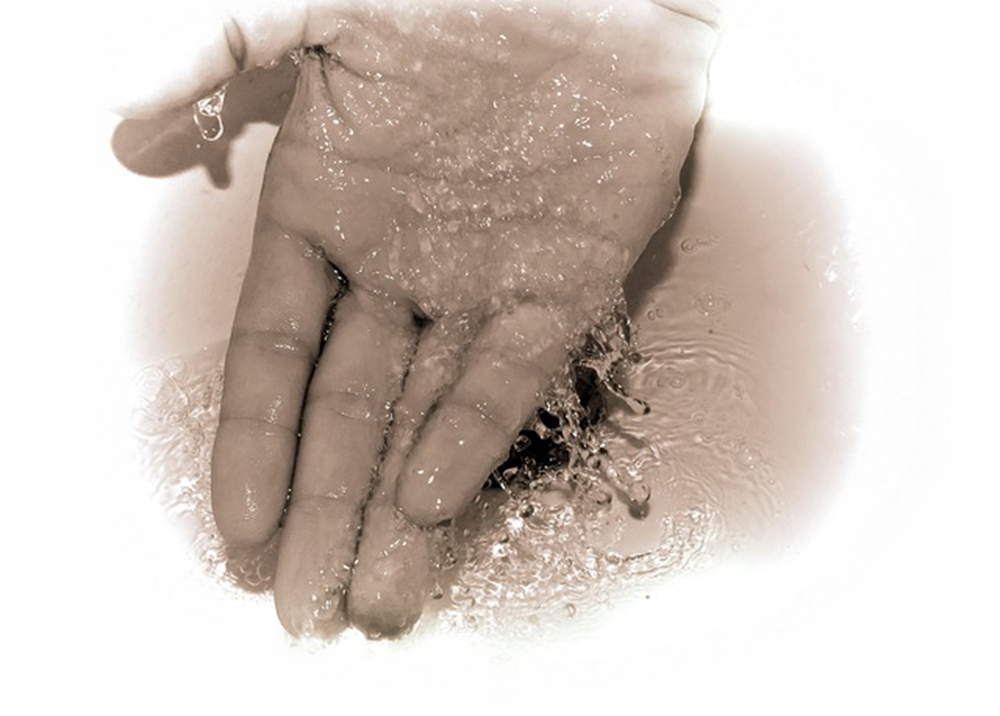
· All staff must practice good personal hygiene.
Effectively washing hands and overall good personal hygiene practices will significantly minimize the risk of microbiological contamination of the product.
· Hands must be washed:
·
o Upon entering a food handling or processing area.
o Immediately after using the toilet.
o After using a handkerchief.
o After eating, drinking or smoking.
o After cleaning equipment.
o After handling chemicals.
o After handling raw food or any contaminated material when such could result in contamination of other food items.
· Since fingernails may harbor bacteria, they must be kept short and clean.
· Personal Behaviors
· Click on the tabs below for information on personal behaviors.
·
o Illness
You must be able to quickly identify any staff members who may be ill and can cause food borne illness for consumers. Your staff should be aware that they need to report any illnesses and that a decision is required by you, as the food safety manger, as to whether to allow them to begin work.
Illnesses such as colds and influenza should also be considered since coughs and sneezes can carry droplet infection for a considerable distance. Persons with bad coughs should not handle open foods.
To prevent contamination of food by harmful bacteria, blood cuts, spots, and sores must be completely covered by a waterproof dressing, preferably colored blue to aid detection if the dressing should become detached.
· Foreign Bodies
o Your staff must control foreign bodies:
• Jewelry.
• Fingernails.
• Hair.
• Buttons.
• Pen tops.
• Soiled plasters.
• Fibers and cloth.
The risk of these potential foreign body contaminants can be easily reduced or removed by informing and training your staff of the risks and emphasizing the importance of monitoring in the workplace.
· Protective Clothing
o Hair nets or hats should be worn to prevent to risk of contamination by hair.
Food handlers must wear clean and washable protective clothing, preferably light-colored without external pockets. Press-studs or Velcro fastenings are preferable to buttons.
Your staff must be aware that protective clothing is worn to protect the food from risk of contamination, not to keep their own clothes clean.
· Monitoring of Personal Hygiene Practices
·
· All food handlers must be aware of the hygiene hazards associated with their job and controls necessary to ensure the safety of food produced.
An awareness program should be implemented to ensure the competency of all food handlers to produce safe food. Supervision and monitoring of staff hygiene practices should be carried out.
All records should be kept of all staff awareness programs, with particular emphasis on supervisory staff.
· Cross-Contamination
·
· Poor quality raw materials and inappropriate packaging are one of the leading causes of product contamination.
The use of poor raw materials and inadequate safety procedures will significantly increase the probability of microbiological contamination.
Your staff should be made aware of their responsibility to prevent cross-contamination in the workplace.
Cross-contamination of products can occur through these means:
·
o Direct – Raw material and cooked material in direct contact.
o Dripping – Incorrect storage and packaging.
o Indirect – Inadequate personal hygiene or inadequate cleaning of surfaces the food contacts.
- Raw Material Contamination
- There is increased risk of the presence of food poisoning microorganisms associated with the following products:
- Red meat.
- Poultry.
- Untreated milk.
- Raw eggs.
- Shellfish.
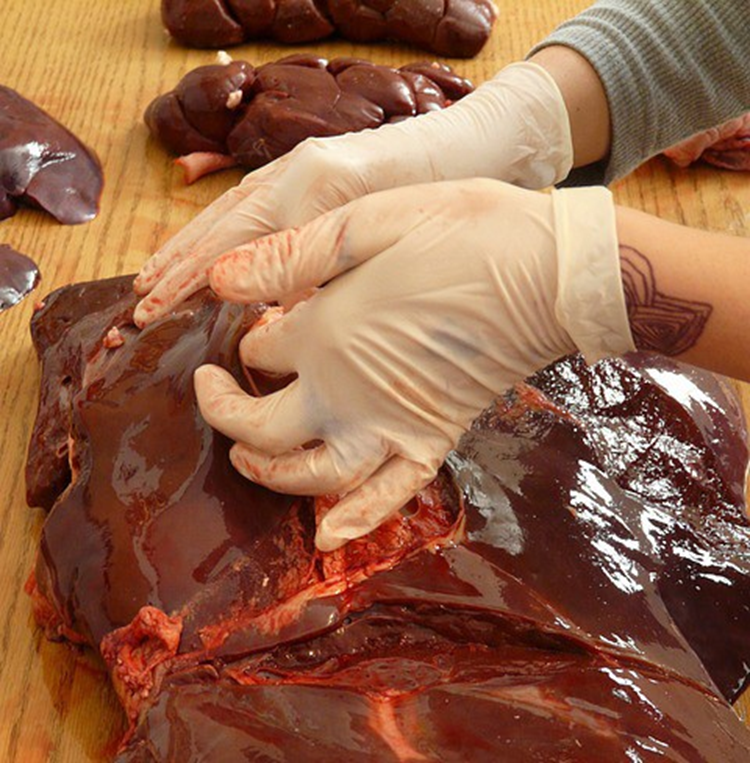
- All raw food and ingredients must always be kept completely separate from ready-to-eat or cooked foods (high-risk food).
Your staff should be aware that good hygiene practices must be in place to prevent any contact between raw food and cooked products. For example, the liquid from thawing foods, especially frozen poultry, must not be allowed to contaminate wiping cloths, high-risk food, or equipment used for high-risk food.
Raw materials that may contain foreign bodies, which will be undesirable in the finished product, require careful inspection prior to acceptance or must undergo specific preparation as part of the production process. For example, stones must be removed from fresh peas and fragments of walnut shells cleaned from diced walnuts.
· Raw Material Control Procedures
·
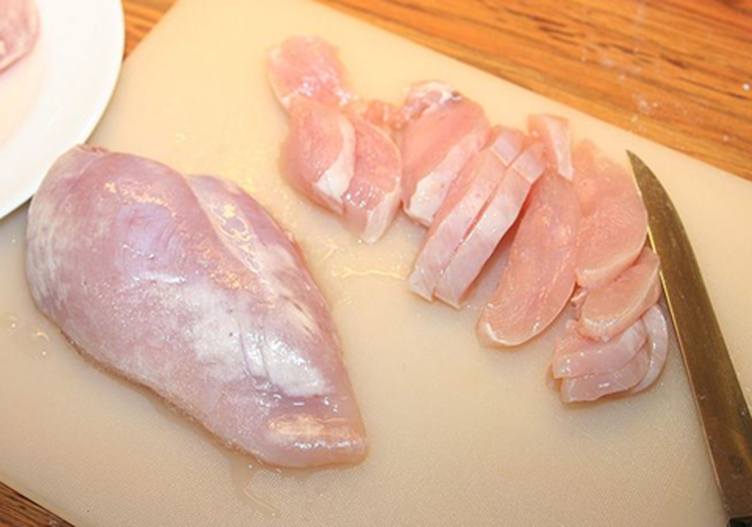
· As a food safety manager, you should be aware of any potential chemical, physical, or biological hazards which may be present in specific raw materials.
You need to have a pre-acceptance inspection system in place to assess the acceptability of raw material coming into your facility.
· When you receive raw materials after the pre-acceptance inspection is done, a post-receipt inspection system must be in place to code the raw materials entering your premises so that they can be identified. This is a necessary step in preventing contamination issues later.
Your traceability system should also include where and how the raw material is stored and where the raw material is eventually used.
When using raw materials, use color-coded wiping cloths and chopping boards. They are essential in preventing cross-contamination of products.
All staff must be trained in the prevention of contamination of raw material and made aware of the specific procedures in place to reduce contamination.
· Product Packaging
· Packaging should be clean and free from contaminates such as dust. The packaging must also be stored under conditions to prevent contamination. Indeed, packaging should be controlled in a similar way as any other raw material.
Packaging should not itself pose a hazard and should be suitable for its purpose. For example, packaging should be strong enough not to break during filling, processing, or storage.
·
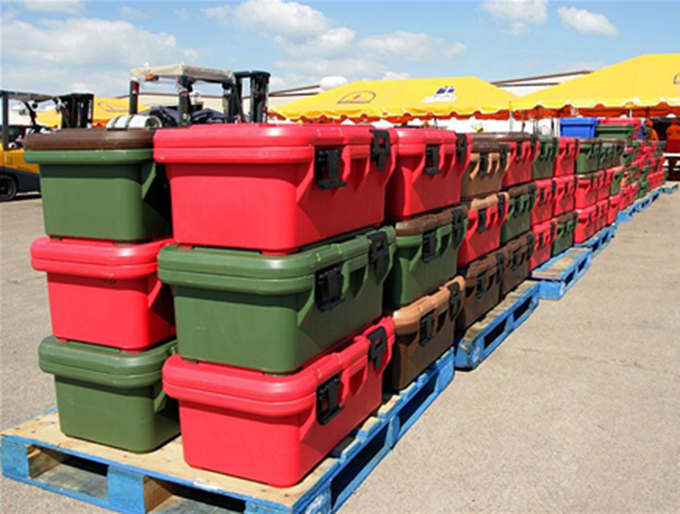
· Packaging used for the storage of raw materials is very important in preventing product contamination. There should be an appropriate barrier to prevent contact between raw materials, ingredients, and finished product.
During manufacture, any unused packaging that has been removed from its protective outer packaging should be suitably protected before being returned to storage.
· Premise Contamination
·
· The design of the premises is very important when determining risks of product contamination. You must consider the layout and design of your facilities and premises:
·
o Secure entry points.
o Secure parameter.
o Equipment used.
o Glass or foreign body contamination.
· The design of the premises preferably should be considered during the building of the facility, with consideration given to the availability of services: that is, electricity, gas, and water supply. The design, layout and maintenance of the premises should be reviewed carefully on a routine schedule in order to prevent product contamination. Where necessary or appropriate, changes should be made.
· Design of Facilities and Equipment
·
·
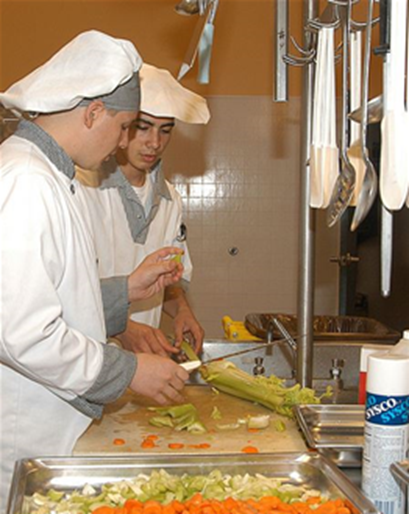
· A satisfactory design of facilities and equipment is essential in avoiding hazards of product contamination. The food preparation areas and storage areas must be large enough to:
·
o Hold all essential equipment.
o Enable the effective separation of raw and high-risk foods.
o Permit satisfactory workflows for food, food handlers, and waste.
· Factory Design Principles
· The following factory design principles should be followed:
·
o Cross-contamination eliminated by separating raw and high-risk food areas and color-coding work stations.
o Linear workflow and progress in a uniform direction from raw material to finished product.
o Laundry situated in a separate room to reduce risk of contamination.
o Suitable and sufficient facilities for personal hygiene, cleaning and disinfecting equipment with hot and cold water essential.
o Equipment and utensils washing areas segregated from food production areas.
o Adequate refrigeration.
o Adequate cooking and cooling facilities.
o Pests denied access and harborage.
o Suitable staff facilities, including appropriate toilet facilities.
o Adequate drainage.
o Suitable and sufficient ventilation.
o High standard of lighting.
o Design which prevents accumulations of dirt in inaccessible places.
· Foreign Body Prevention from the Factory Fabrication
·
· The construction of the premises is important to prevent the occurrence of foreign body contamination.
Click on the following tabs to learn more.
·
o Ceilings
o Walls
o Floors
o Other Surfaces
o Ceilings should be:
• Smooth.
• Clean.
• Fire-resistant.
• Non-flaking.
• Light-colored.
• Covered at wall joints.
• Easy to clean.
· Walls should be:
• Clean.
• Smooth.
• Impervious.
• Non-flaking.
• Durable.
• Light-colored.
• Capable of being thoroughly cleaned or disinfected.
Surfaces may need to be resistant to spillages, chemicals, grease, heat, and impact.
Floor surfaces should be:
• Clean.
• Durable.
• Non-absorbent.
• Anti-slip.
• Free from crevices.
• Capable of being effectively cleaned.
They may need to be resistant to acids, grease, and salts; and, where necessary, should slope sufficiently for liquids to drain to trapped gullies.
Other Surfaces
Any glass windows, if present, must be protected from breakage. Windows must also be fitted with cleanable fly-screens.
External doors should be screened, and all doors should be self-closing.
Wooden finishes should not normally be used; but, if in place, these should be well-maintained and appropriately sealed to prevent product contamination. Suitable receptacles should be provided for the disposal of waste and debris.
· Glass/Brittle Plastics Contamination
·
· Glass and brittle plastics pose a specific health risk to consumers. It is highly unlikely that glass can be completely removed from a factory’s premises, but procedures should be in place to control and manage the risk of product contamination.
As a food safety manager, you should develop a glass/brittle plastics policy that specifies requirements for shielding fluorescent tubes and light bulbs in processing areas, for protection or removal of glass gauges, emergency lights, thermometers, and wall clocks.
Where glass windows are present, these must be shielded to prevent breakage.
·
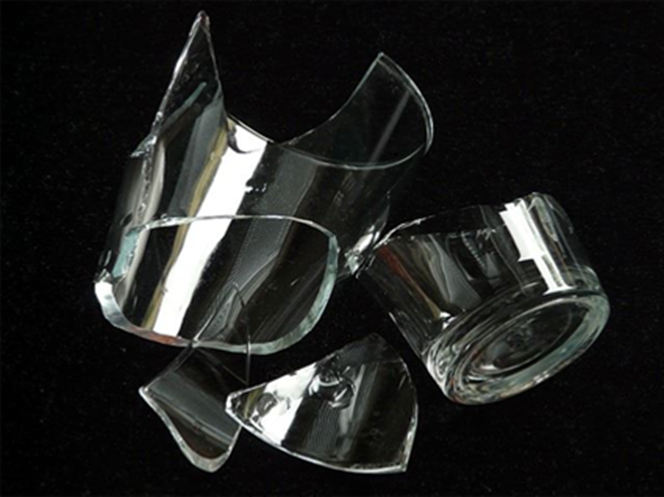
- Pest Contamination
- Pests within food production factories are regarded as a serious hazard and risk to health; they not only can contaminate food with foreign bodies such as feces and hair, but they also can carry possible fatal diseases.
Control systems need to be in place to reduce the risk of pest contamination by understanding what pests are attracted to and what their habits are, along with monitoring and introducing control measures.
· Reduce Attraction of Pests
·
· It is important that pests are not attracted to the factory or allowed ingression into the factory. Click on the following tabs to learn more.
·
o Waste Control
Waste should be removed regularly from production areas and stored in covered containers. All waste must be correctly stored in covered containers that are located in one specific area
· Exterior Maintenance
o There must be effective maintenance of the external perimeters of the factory to eliminate any possible harborage or attraction of pests. For example, where grass or any other vegetation is present at the perimeters of the factor, it needs to be cut and controlled so as not to encourage harborage of possible pests.
o
· Factory Fabrication
o Any open access to your factory, such as doors and windows, must be controlled. All doors must have self-closing devices, and windows must be screened.
· Monitoring Pest
o A monitoring and control program should be in place for keeping up-to-date records of pest control. Regular inspections must be carried out to ensure that the factory is free from pest infestation.
In the event of evidence of pest infestation, you should take immediate action to eliminate the pests. You will also need to monitor the situation to take preventive actions to prevent any recurrence.
· The main points from this module are as follows:
· Pests are attracted to food premises as they are an ideal habitat, with certain conditions available to them:
·
o Security.
o Shelter.
o Food.
o Water.
· Pest control is extremely important. Preventing the ingression of pests will be more cost-effective than continually eliminating pest infestation. Prevention requires:
·
o Proofing the premises.
o Monitoring for signs of infestation.
o Practicing good hygiene.
· Physical Control of Pests
·
o Not always 100% effective.
o Cannot cope with the number of pests in the event of a significant infestation.
o Location and placement should be considered, as they kill the pests.
·
· Chemical Control of Pests
·
o More effective than physical control methods.
o Pose a risk to staff and to food contamination.
o Employing a professional to carry out chemical pest control is good practice.
· Regular inspections of the premises must be carried out to ensure there is no pest infestation. If there is evidence of any infestation, immediate action should be taken.
- Product contamination control is important to prevent corruption of food products by contaminants or hazards. This can be prevented by using:
- Good personal hygiene practices.
- Practices to prevent contamination by raw materials and packaging.
- Practices to prevent contamination by equipment and building fabrication.
- Practices to prevent pest contamination.
- Your staff should be made aware of their responsibility to prevent cross-contamination. Cross-contamination of products can occur through these means:
Direct – Raw material and cooked material in direct contact.
Dripping – Incorrect storage and packaging.
Indirect – Inadequate cleaning of surfaces the food contacts.
· Product packaging should be controlled in a similar way to raw material.
Layout and design of premises must be considered when determining risks of product contamination:
·
o Secure entry points.
o Secure parameters.
o Equipment used.
o Glass/foreign body contamination.
· The construction of the premises is important to prevent the occurrence of foreign body contamination.
